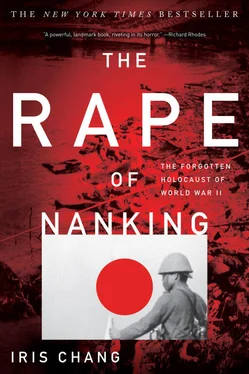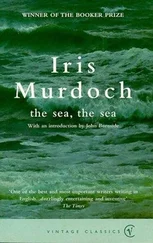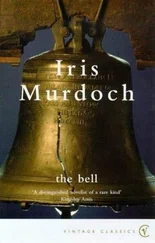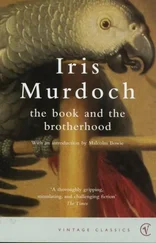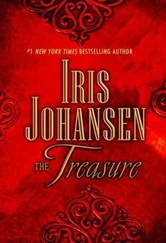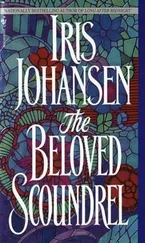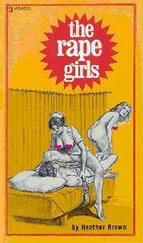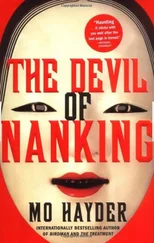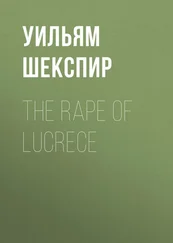He got his wish. The tribunal concluded that the Rape of Nanking was “either secretly ordered or willfully committed” and sentenced Matsui to death. He was not the only one; a total of seven Japanese class A war criminals, including Japanese Foreign Minister Hirota Koki, were judged guilty by the IMTFE and later hanged at the Sugamo Prison in Tokyo.
Unfortunately, many of the chief culprits of the Rape of Nanking—or those who might have exercised their royal authority to stop the Rape—never spent a day in court.
General Nakajima Kesago died shortly after Japan’s surrender. The man whose troops had committed some of the worst Nanking outrages passed away on October 28, 1945, apparently of uremia and cirrhosis of the liver. There were rumors that Nakajima was an alcoholic and committed suicide, but his eldest son said that his illness was caused by inhalation of gases to which he was exposed when employed in chemical weapons research and education. By coincidence, an American MP who came to question Nakajima about war crimes arrived at his door just as a physician was informing the family that Nakajima had died. His biographer Kimura Kuninori—who believes Nakajima followed a “take no prisoners” policy in Nanking—quoted Nakajima’s son as saying: “Had my father lived, he probably would not have escaped execution.”
General Yanagawa Heisuke also died in 1945. Before his death by heart attack, however, he gave several interviews to his friend Sugawara Yutaka, who used seven volumes of notes from their conversations together to publish a book. Though the book is mostly laudatory of Yanagawa’s military exploits (“He was a rare man and a great talent” Sugawara writes) it does address the subject of the Rape of Nanking. Yanagawa simply pooh-poohed the entire episode, assuring Sugawara that reports of his men’s atrocities were “groundless rumors.” Rather, he boasted that his soldiers had followed such strict military discipline in Nanking that even when quartered in Chinese homes they took care to wear slippers.
Hirohito lived long after Japan’s surrender but never faced a full moral accounting for his activities during the war. In exchange for Japan’s surrender, the American government granted him, the emperor of Japan, immunity from trial, so he was not called in as a defendant or even a witness. Because the terms of the surrender exonerated all members of the Japanese imperial family, Hirohito’s uncle Prince Asaka (under whose command the “Kill All Captives” order was forged) also escaped justice, exempting him from having to appear at the IMTFE at all.
The decision to give Hirohito immunity from war responsibility and, still worse, the decision to keep him on the throne, later impeded the Japanese people’s own historical awareness of their World War II crimes. According to Herbert Bix, a biographer of Hirohito and prominent Japan scholar: “Many would find it difficult to believe that they had been accomplices in aggression and murder on a near-genocidal scale when the emperor whom they had served so loyally never had to bear responsibility for his own speech and actions… MacArthur helped prepare the ground for future Japanese conservative interpretations of the postwar monarchy that denied the Showa emperor had ever held real power.”
The details of Emperor Hirohito’s role in the Rape of Nanking remain a controversial subject because of the dearth of primary source material available. Unlike the Nazi government records, which were confiscated and microfilmed by the Allies and later used as evidence in war crimes trials, the Japanese deliberately destroyed, hid or falsified most of their secret wartime documents before General MacArthur arrived. Even most of the Japanese high-level military records that the American occupation forces did manage to seize in 1945—documents which one professor called “a priceless historical treasure”—were inexplicably and irresponsibly returned to Japan by the American government little more than a decade later before they could be properly microfilmed. For these reasons it is practically impossible today to prove whether Emperor Hirohito planned, approved of, or even knew of the atrocities in Nanking.
Perhaps the only English-language book that has attempted to explain Hirohito’s involvement in the Nanking massacre is Japan’s Imperial Conspiracy by David Bergamini. In his book, Bergamini claims that the Japanese laid out an intricate blueprint for world conquest, and that the person who made the decision to invade Nanking was Hirohito himself. Bergamini offers a riveting narrative (complete, apparently, with quotes from Japanese top-secret messages) to explain the chain of events leading to the tragedy at Nanking. Unfortunately, Bergamini’s book was seriously criticized by reputable historians who claimed that he cited sources that simply did not exist or quoted mysterious unnamed informants who said amazing but unverifiable things.
Adding to the confusion is the debate among scholars on whether a Japanese imperial conspiracy to conquer the world had ever existed. For years it was believed that Prime Minister Tanaka Gi-ichi had submitted a secret report to the throne during the Far Eastern Conference of 1927, a report known as the “Tanaka Memorial” that purportedly encapsulated Japanese ambitions at the time. “In order the conquer the world, we must first conquer China,” the report allegedly dictated. “But in order to conquer China, we must first conquer Manchuria and Mongolia… If we succeed in conquering China the rest of the Asiatic countries and South Sea countries will fear us and surrender to us. Then the world will realize that Eastern Asia is ours and will not dare to violate our rights. This is the plan left to us by Emperor Meiji, the success of which is essential to our national existence.”
Today, this report is generally considered by scholars to be a forgery, one with possible Russian origins. But when the Memorial first emerged in Peking in September 1929, it led many to believe that Japanese aggression against China was part of a well-coordinated Japanese plot to conquer the globe. The English text of the Tanaka Memorial later appeared in English in a Shanghai newspaper and even inspired the classic Hollywood movie Blood on the Sun , in which James Cagney attempts to steal Japan’s master plan in order to save the world. Today the Tanaka Memorial still has a considerable grasp on the world imagination: many Chinese historians believe that the Tanaka Memorial is authentic, and Chinese encyclopedias and dictionaries as well as English-language newspaper and wire service articles continue to cite the Memorial as historical fact.
Currently, no reputable historian of Japan believes that there was a preplanned conspiracy by Japan to conquer the world. An examination of the chaos in the Japanese state administration in the 1920s and 1930s suggests that such a conspiracy was unlikely: the Japanese Army hated the Navy, the High Command in Tokyo didn’t know what the Kwantung Army in Manchuria was doing until it was too late, and relations between the Foreign Ministry and the armed services were often chilly to the point of silence.
However, many scholars believe that Hirohito must have known about the Rape of Nanking. (Herbert Bix personally thinks it is “inconceivable” that Hirohito could not have known.) First, it was front-page news in the world press. Secondly, his own brother could have told him the gory details. Back in 1943, Prince Mikasa Takahito, the youngest brother of Emperor Hirohito, spent a year as a staff officer at the Nanking headquarters of the Japanese Imperial Army’s expeditionary force in China, where he heard a young officer speak of using Chinese prisoners for live bayonet practice in order to train new recruits. “It helps them acquire guts,” the officer told the prince. The appalled Mikasa described the practice as “truly a horrible scene that can only be termed a massacre.” Out of a “desperate desire to bring the war to a close,” the prince distributed a questionnaire to young staff officers to seek their opinions about the war, prepared a lecture that denounced Japanese aggression in China, and wrote the report “Reflections as a Japanese on the Sino-Japanese War.” The paper was deemed controversial and dangerous, but Mikasa got away with writing it because of his royal blood. The Japanese military later confiscated and destroyed most of the copies, but a single copy survived, and it was later discovered in the microfilm collections of the national parliamentary archives.
Читать дальше
